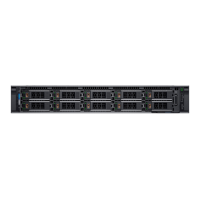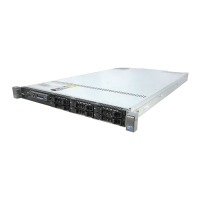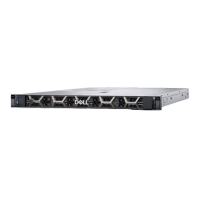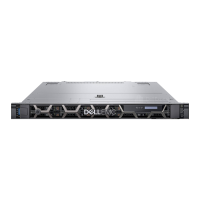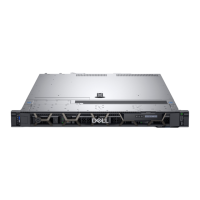39 PowerEdge R630 Technical Guide
One key factor in selecting the proper rails is identifying the type of rack in which they will be
installed. Both the sliding rails and the static rails support tool-less mounting in 19”-wide, EIA-310-E
compliant square hole and unthreaded round hole 4-post racks. Both also support tooled mounting
in threaded-hole 4-post racks, but only the static rails, as the more universal solution, support
mounting in 2-post (Telco) racks. Table 23 lists the rack rail systems for the R630.
Table 23. Supported rack rail system
Other key factors governing proper rail selection include the spacing between the front and rear
mounting flanges of the rack, the type and location of any equipment mounted in the back of the
rack, such as power distribution units, and the overall depth of the rack. Due to their reduced
complexity and lack of need for CMA support, the static rails offer a greater adjustability range and a
smaller overall mounting footprint than the sliding rails.
For detailed information about static and sliding rails, see the Rack rail specifications section in
Appendix A. For more information on installing the R630 in a rack, see the
Dell PowerEdge Rack
Installation Guide
on Dell.com/Support/Manuals.
Cable management arm
The optional CMA can be mounted on either the left or right side of the sliding rails without the use
of tools for fast and easy deployment. The optional CMA organizes and secures the cords and
cables exiting the back of the server and unfolds to allow the server to extend out of the rack
without having to detach the cables. Some key features of the CMA include:
Large U-shaped baskets to support dense cable loads
Open vent pattern for optimal airflow
Ability to be mounted on either side
Use of hook-and-loop straps rather than plastic tie wraps to eliminate the risk of cable damage
during cycling
Low-profile fixed tray to both support and retain the CMA in its fully closed position
Ability to mount the CMA and tray without the use of tools, due to snap-in designs

